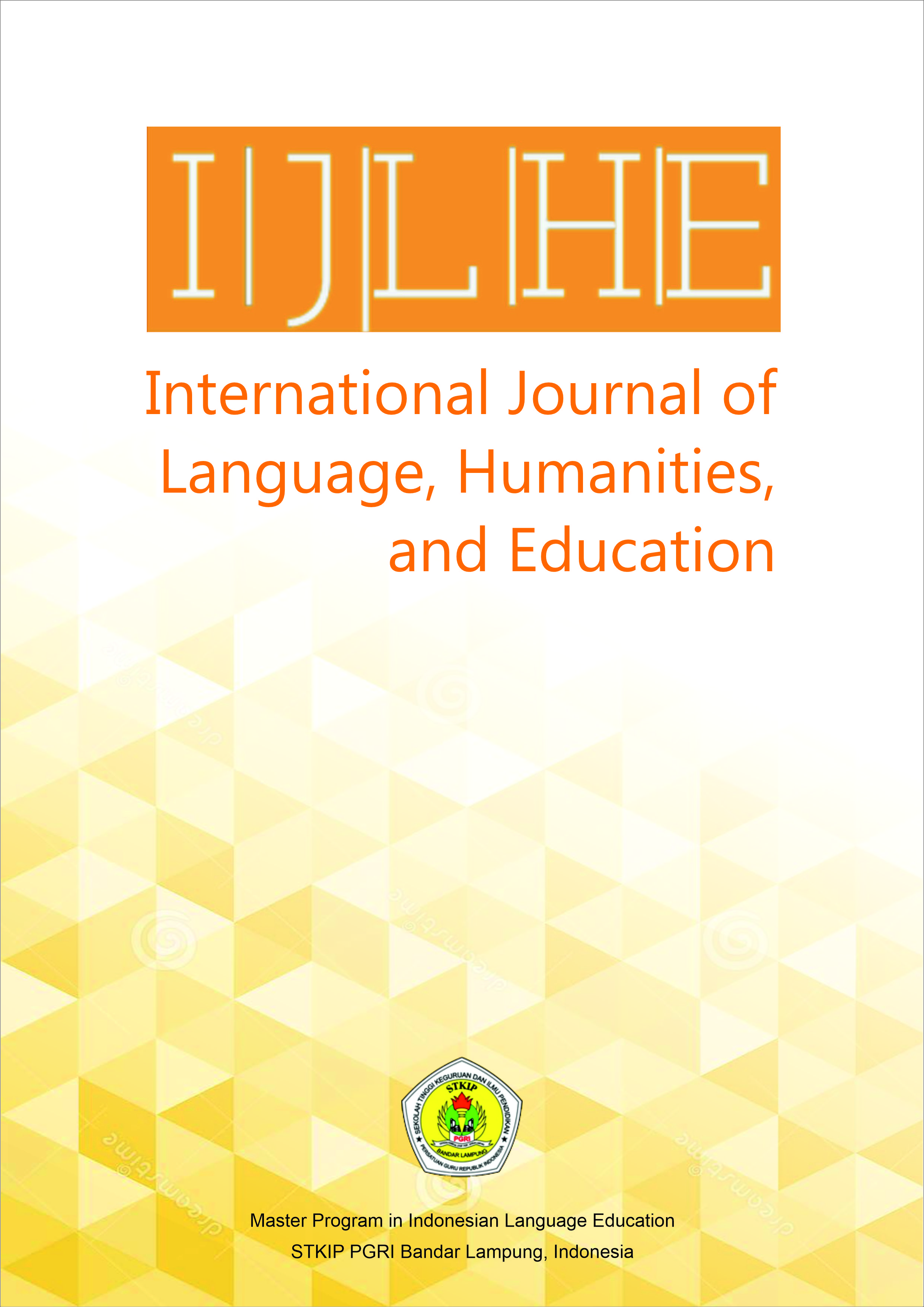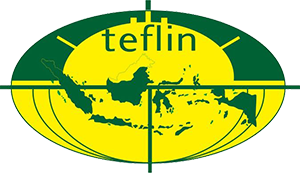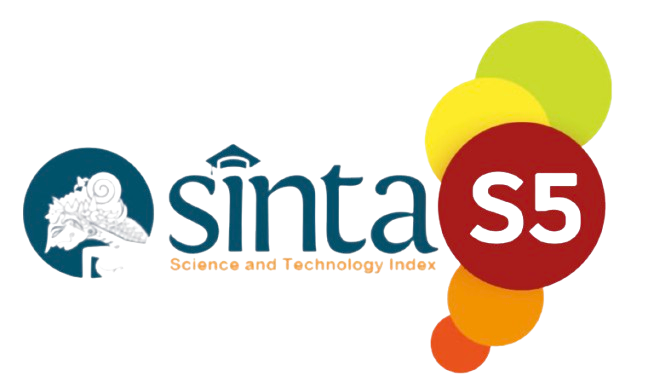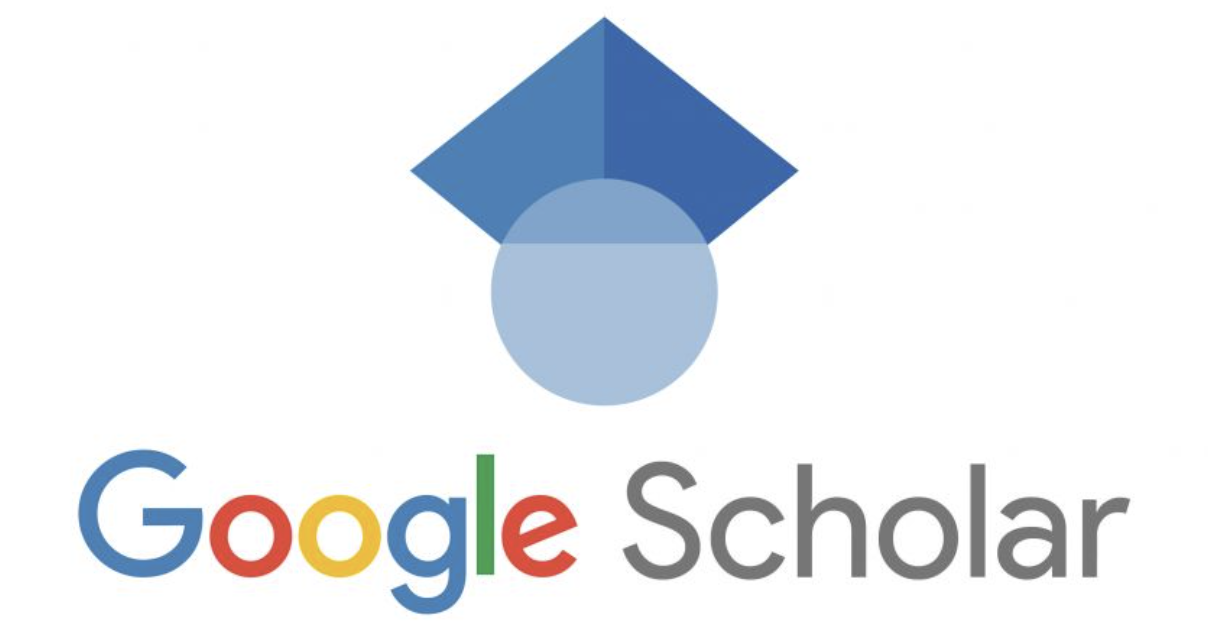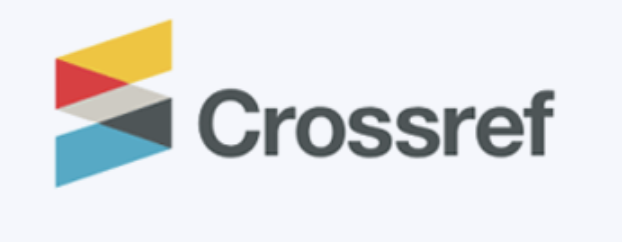Critical Thinking and Productive Language Skills: A Literature-Based Approach
DOI:
https://doi.org/10.52217/ijlhe.v8i1.1851Keywords:
Critical Thinking, Foreign Language Education, Higher Education, Productive Language Skills, Speaking and Writing InstructionAbstract
In the evolving landscape of higher education, the development of critical thinking (CT) has emerged as a fundamental educational objective, particularly in foreign language instruction. While considerable attention has been given to integrating CT into receptive language activities such as reading and listening, productive skills—namely speaking and writing—remain underexplored in this regard. This article investigates the effectiveness of targeted instructional strategies and technologies designed to foster CT during productive language learning tasks. Drawing on a structured framework encompassing mental operations and cognitive phases (activation, comprehension, and reflection), this study identifies and systematizes pedagogical methods that simultaneously develop linguistic proficiency and CT competencies. These include essay writing, structured discussion, conceptual mapping, clustering, annotation, forecasting, and project-based learning, all aligned with higher-order cognitive functions such as analysis, synthesis, evaluation, and decision-making. The study concludes that intentional integration of CT-promoting strategies into productive language skills instruction significantly enhances learner engagement, autonomy, and cognitive agility. The findings underscore the need for continued pedagogical innovation and offer practical implications for language educators aiming to bridge linguistic and critical competencies in university settings.
References
Abrami, P. C., Bernard, R. M., Borokhovski, E., Waddington, D. I., Wade, C. A., & Persson, T. (2015). Strategies for teaching students to think critically: A meta-analysis. Review of Educational Research, 85(2), 275–314. https://doi.org/10.3102/0034654314551063
Akpur, U. (2020). Critical, reflective, creative thinking and learning dispositions: Predictive study. Thinking Skills and Creativity, 37, 100684. https://doi.org/10.1016/j.tsc.2020.100684
Anderson, L. W., & Krathwohl, D. R. (2001). A taxonomy for learning, teaching, and assessing: A revision of Bloom's taxonomy of educational objectives. Longman.
Bezanilla, M. J., Fernández-Nogueira, D., Poblete, M., & Gallego, M. J. (2019). Methodologies for teaching-learning critical thinking in higher education: The teacher’s view. Thinking Skills and Creativity, 33, 100584. https://doi.org/10.1016/j.tsc.2019.100584
Brookfield, S. D. (2012). Teaching for critical thinking: Tools and techniques to help students question their assumptions. Jossey-Bass.
Chamot, A. U., & O’Malley, J. M. (1994). The CALLA handbook: Implementing the cognitive academic language learning approach. Addison Wesley Longman.
Choy, S. C., & Cheah, P. K. (2009). Teacher perceptions of critical thinking among students and its influence on higher education. International Journal of Teaching and Learning in Higher Education, 20(2), 198–206. https://eric.ed.gov/?id=EJ864337
De Bono, E. (1985). Six thinking hats. Penguin Books.
Dewey, J. (1933). How we think: A restatement of the relation of reflective thinking to the educative process. D.C. Heath & Co Publishers.
Ennis, R. H. (2018). Critical thinking across the curriculum: A brief edition of The nature of critical thinking. Rowman & Littlefield. https://doi.org/10.1007/s11245-016-9401-4
Facione, P. A. (2011). Critical thinking: What it is and why it counts. Insight Assessment.
Gkonou, C., & Mercer, S. (2017). Understanding emotional and social intelligence among English language teachers. British Council ELT Research Papers.
González-Lloret, M. (2020). Technology and task-based language teaching. John Benjamins.
Halpern, D. F. (2014). Thought and knowledge: An introduction to critical thinking (5th ed.). Psychology Press.
Hastomo, T., Sari, A. S., Widiati, U., Ivone, F. M., Zen, E. L., & Andianto, A. (2025). Exploring EFL teachers’ strategies in employing AI chatbots in writing instruction to enhance student engagement. World Journal of English Language, 15(7), 93–102. https://doi.org/10.5430/wjel.v15n7p93
Heijltjes, A., van Gog, T., Leppink, J., & Paas, F. (2014). Improving students’ critical thinking: Empirical support for explicit instructions combined with practice. Applied Cognitive Psychology, 28(4), 518–530. https://doi.org/10.1002/acp.3025
Kiely, K. M. (2023). Cognitive function. In F. Maggino (Ed.), Encyclopedia of quality of life and well-being research. Springer. https://doi.org/10.1007/978-3-031-17299-1_426
Mandasari, B., Basthomi, Y., Hastomo, T., Afrianto, Hamzah, I., & Aminatun, D. (2025). The snapshots of Indonesian pre-service English teachers’ perspectives on integrating technology-based tools to rural schools. Voices of English Language Education Society, 9(1), 42–57. https://doi.org/10.29408/veles.v9i1.27965
Mercer, N., & Howe, C. (2012). Explaining the dialogic processes of teaching and learning: The value and potential of sociocultural theory. Learning, Culture and Social Interaction, 1(1), 12–21. https://doi.org/10.1016/j.lcsi.2012.03.001
Paul, R., & Elder, L. (2008). The miniature guide to critical thinking: Concepts and tools. Foundation for Critical Thinking Press. http://www.criticalthinking.org
Paul, R., & Elder, L. (2019). The miniature guide to critical thinking concepts and tools (8th ed.). Foundation for Critical Thinking.
Vygotsky, L. S. (1978). Mind in society: The development of higher psychological processes. Harvard University Press.
Yu, S., & Lee, I. (2016). Peer feedback in second language writing classrooms. Language Teaching, 49(4), 461–493. https://doi.org/10.1017/S0261444816000034

